The Nervous System
The nervous system is the quick, yet short-lived response system that some organisms have to respond to stimuli.
It allows us to sense things and respond to them very rapidly. It also include thinking and psychology, so this unit will be long.
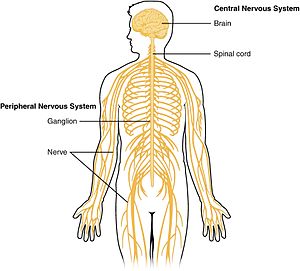
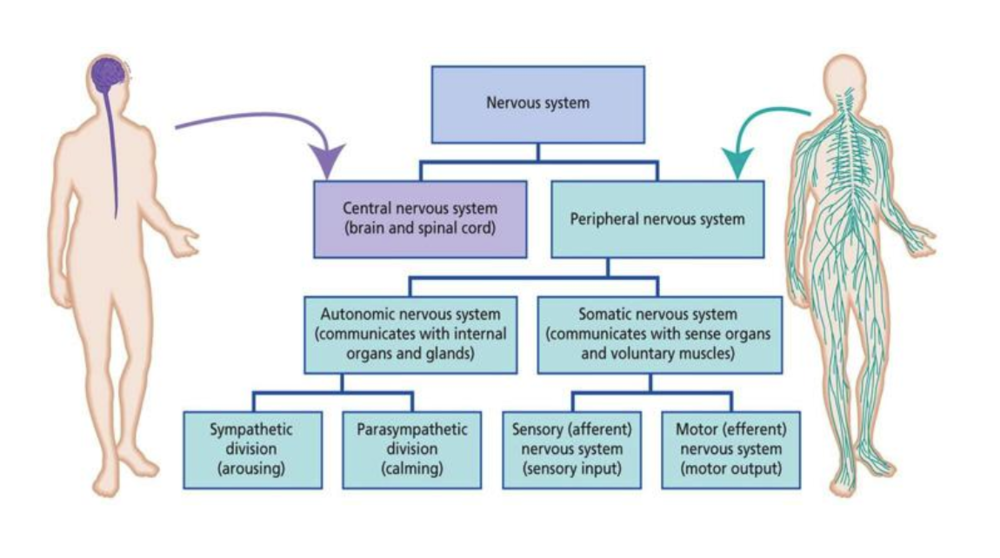
The fast response system.
For this system to be responsive, its cells must be able to detect, transmit, and pass along to other cells messages.
What form would you predict these cells take to allow this function?

They have a cell body to carry out all the regular cell processes.
They have dendrites to catch stimuli.
They have a long axon to pass the message along to where it goes.
They have terminal branches to spread the message to other cells.
The Schwann cells and nodes of Ranvier speed the message along.
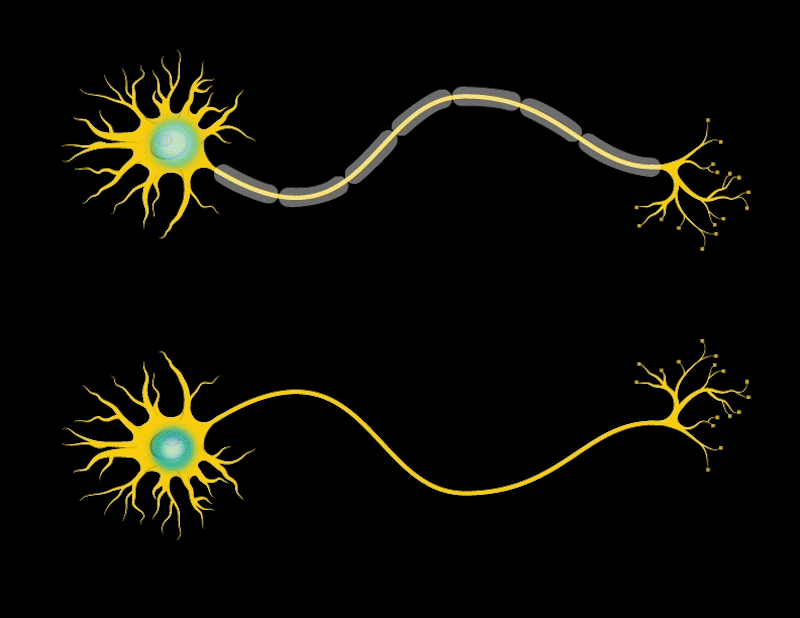
Once the transmembrane proteins in the dendrites catch a stimulus, they open and let ions through. This flow of charged particals is an electrical pulse known as an action potential. The electricity opens other transmembrane proteins and the electricity spreads down the axon.
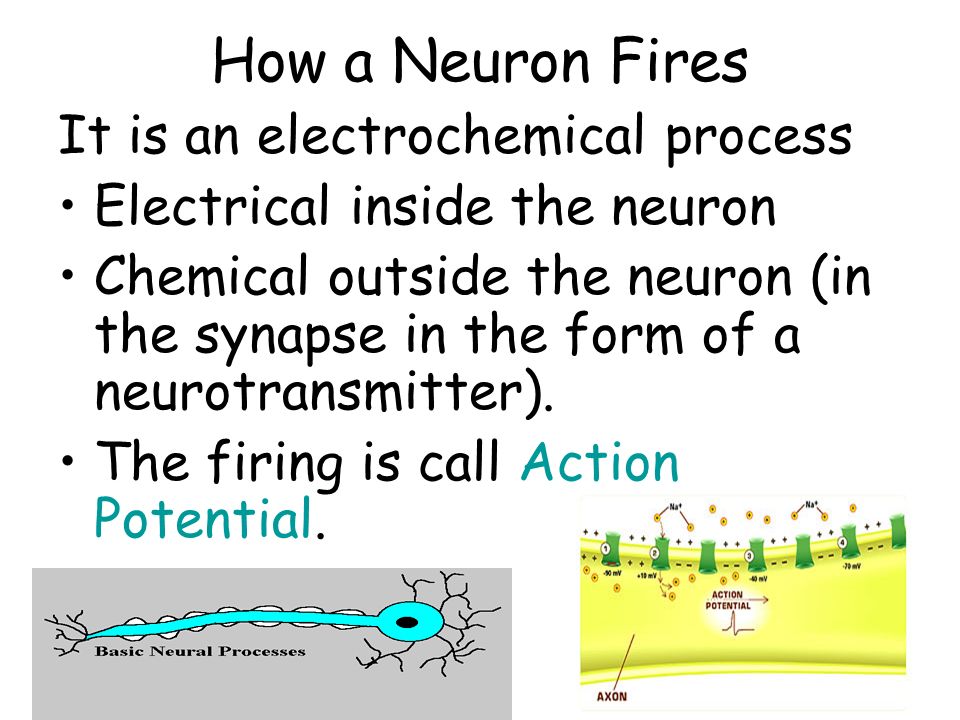


There are cells that wrap the axon making the electricity leap down the axon. This speeds up the conduction of the action potential. The more mylination, the faster the conduction of nevre impulses.
In the terminal branches, the electricity makes transmembrane proteins open up and let out chemicals called neurotransmitters. These neurotransmitters are dumped into the gap between the one neuron and the next. This gap is called the synapse and is hugely important. 

It is at the synapse that most drugs work.
Imagine a chemical that mimics one of your neurotransmitters...
Or a chemical that clogs a transmembrane protein of the dendrites...
Or one that prevents the neurotransmitters from being reabsorbed by the sending cell...
Or one that breaks down neurotransmitters as they are released...
Of course it matters which neurotransmitter you block or mimic and where in the brain.
Drugs can be looked at in light of what they do chemically in the brain and at the synapse and a deeper understanding of the drug will be reached than over-simplification and generalization.
So let's begin our next research project!
Your command center is called the central nervous system and is composed of the brain and spinal cord wrapped in bone and protective fluid.


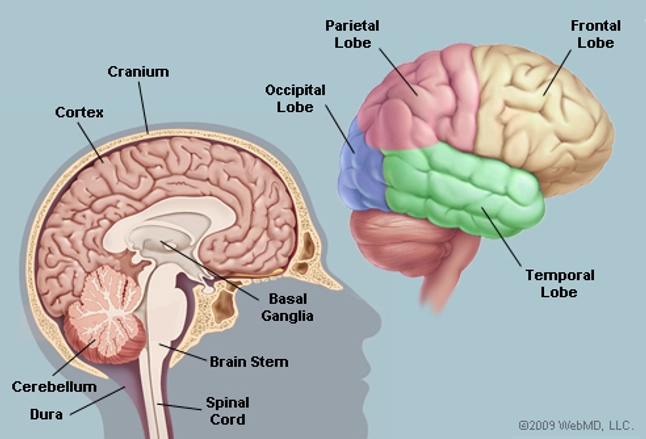
The brain is a three pound pinkish walnut that controls us.
The brain is wonderfully complex and we do not know many things about it, but what we do know is this:
The frontal lobe controls planning, speech, reason, and conscious thought.
The parietal lobe controls the sense of touch and movement.
The occipital lobe controls vision.
The temporal lobe controls hearing and smell.
The limbic system (or lobe) controls emotions (it is buried deep inside).
Cerebellum controls coordination
Thalamus relays sensory and motor information
Medulla oblongata controls unconscious functions
Hypothalamus controls emotions
Corpus collasum connects the right and left hemispheres of the brain
The peripheral nervous system is broken into the voluntary and involuntary.
The involuntary nervous system is broken into the sympathetic and parasympathetic.
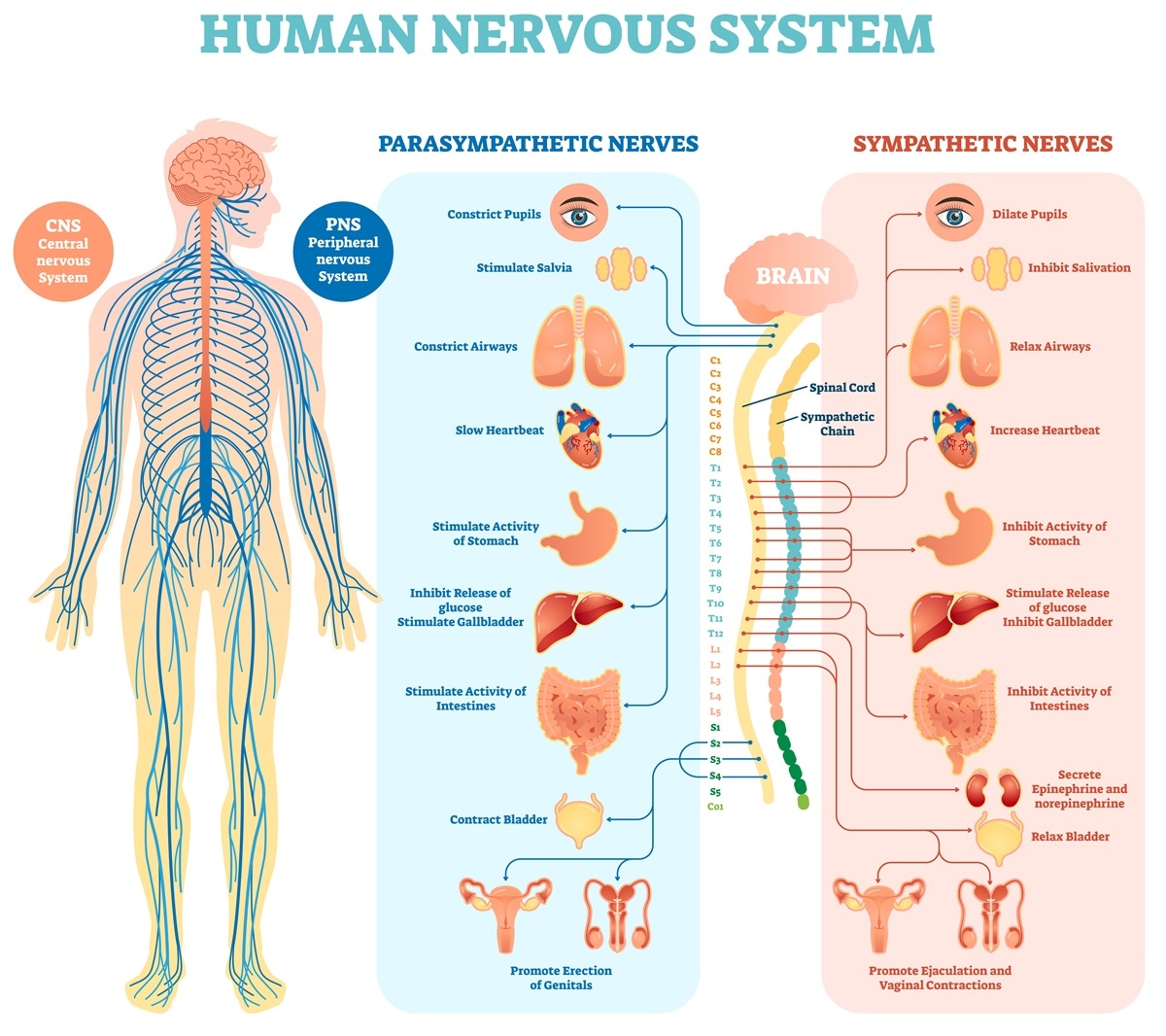
The parasympathetic controls the eat and be happy organs. The sympathetic branch controls the fight or flight response organs.
One of the coolest things about our nervous system is our senses.
How many senses do we have?
Sight:

The cornea bends light.
The iris is the colorful part.
The pupil is the hole into the eye.
The lens bends the light to focus it on the retina.
The retina is the back of the eye and full of rods and cones.
The optic nerve sends the messages to the brain.

Rods detect light
Cones detect color
Hearing:

The pinna collects and funnels sound.
The eardrum keeps sensitive parts inside the protective skull.
The tympanic membrane (eardrum) vibrates with the sound waves.
That makes the hammer hit the anvil and bump the stirrup (three bones).
That sends waves through fluid in the cochlea.
Depending on where the waves hit and how big the waves are, our brains convert that into sound--amazing huh?
The eustachion tube equalizes pressure on both sides of the eardrum.
Smell:

Touch:
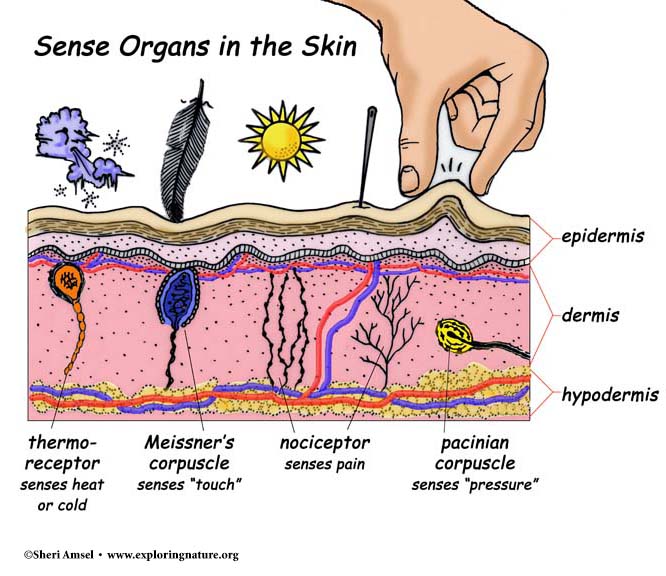
Only four touches can be sensed.
How do we recognis wet?
Or itchy?
Or tickly?
Taste:
 This is not accurate for many.
This is not accurate for many.
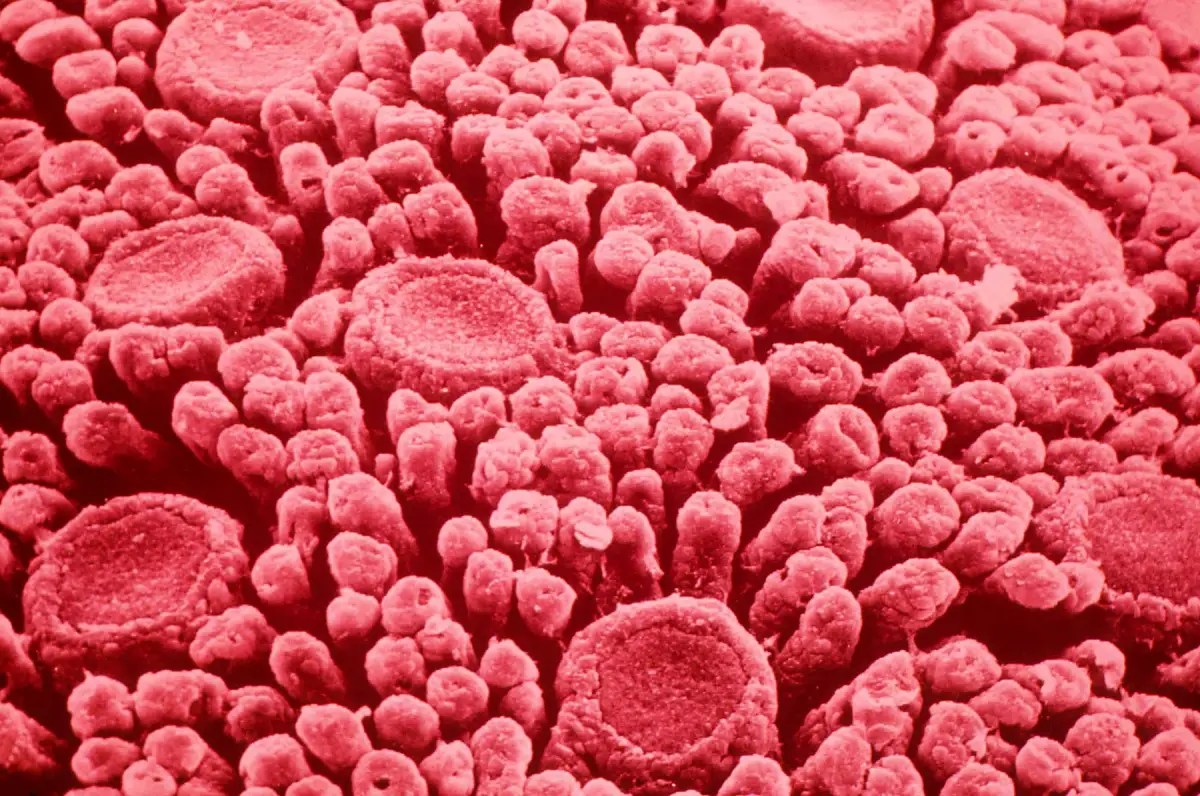
The psychology aspects we will discuss in advisory or class. But here I have laid out the basics of the senses, the brain, and the neurons.